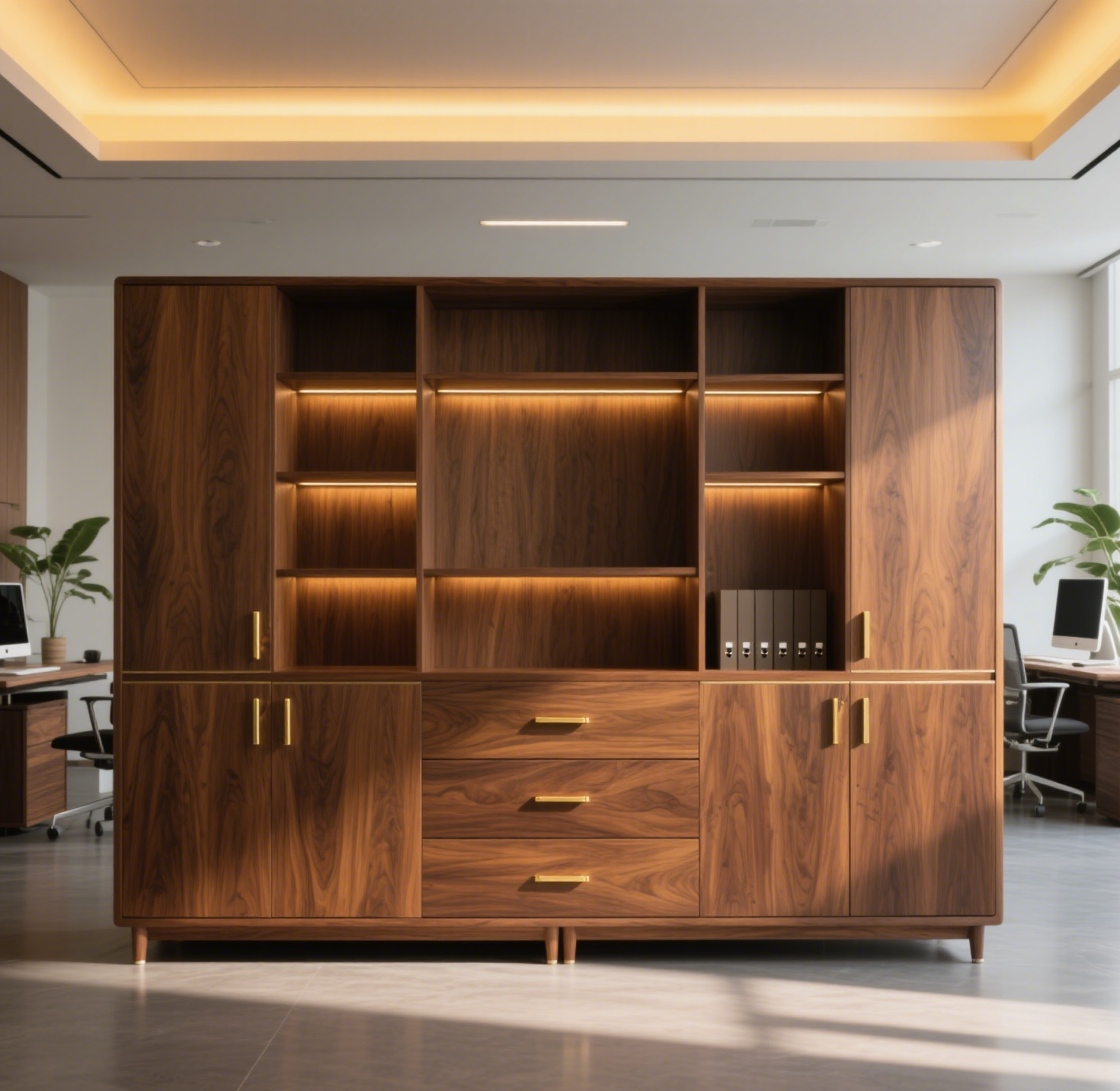
In the furniture industry, one of the most common challenges buyers face is selecting wood materials that balance durability, aesthetics, and budget. After over 18 years in global B2B trading across mechanical, electronic, chemical, and building materials industries, it’s clear that many procurement professionals underestimate the complexities behind wooden furniture choices, often leading to mismatched quality or unnecessary expenses.
Wood furniture quality largely depends on the type of timber used. Below is an overview of three widely used wood species and their characteristics:
| Wood Type | Texture & Grain | Durability | Visual Appeal | Typical Cost Range |
|---|---|---|---|---|
| Oak | Coarse and prominent grain, hard surface | High - resistant to wear and moisture | Classic warm tone with reddish hues | Mid to high |
| Pine | Soft with fine grain, knots common | Moderate - softer and susceptible to dents | Light yellowish tone, rustic charm | Low to mid |
| Walnut | Smooth texture, tight grain | High - durable and stable | Rich chocolate-brown, luxurious look | High |
This table highlights that Oak and Walnut are preferred when durability and timeless aesthetics are critical, whereas Pine fits budget-conscious buyers desiring a casual or country style look.
From working with clients across Europe and Southeast Asia, a notable case involved a German furniture importer who initially used pine-based wardrobes. After a year, complaints about surface bruising and structural instability reached 20%. Our recommendation to switch to oak reduced returns by 85% over six months, ultimately improving brand reputation and customer satisfaction.
In contrast, a boutique hotel chain in Indonesia chose walnut furnishings for their lobby, achieving a modern luxury ambience praised by guests, despite a higher upfront investment. This clearly demonstrates the importance of aligning wood type with usage context and expected wear-and-tear.

Remember, the “best” wood depends on a tailored balance rather than a ‘one size fits all’ answer. Consider your key priorities first.

| Criteria | Oak | Pine | Walnut |
|---|---|---|---|
| Durability (1-10) | 9 | 5 | 9.5 |
| Aesthetic Appeal | Classic and bold | Light and rustic | Luxurious and rich |
| Average Price Level | Medium-High | Low-Medium | High |
| Maintenance Effort | Moderate | Low | Moderate |

When making your purchase, carefully analyze your primary needs—be it longevity, style, or budget—and weigh these against the intrinsic properties of each wood. For industrial-scale buyers or distributors, leveraging supplier expertise on local sourcing and finishing treatments can further optimize costs and quality.
Choosing the right wood furniture is not just about aesthetics but making a strategic investment in durability and value retention. Our years of cross-industry B2B experience empower us to deliver tailored recommendations and reliable supply chain support, ensuring you get the best match for your project or retail lineup.
Have you faced challenges selecting wood materials that meet both style and durability demands? Share your specific scenario in the comments, and we'll provide 3 proven wood selection solutions from your industry peers.











